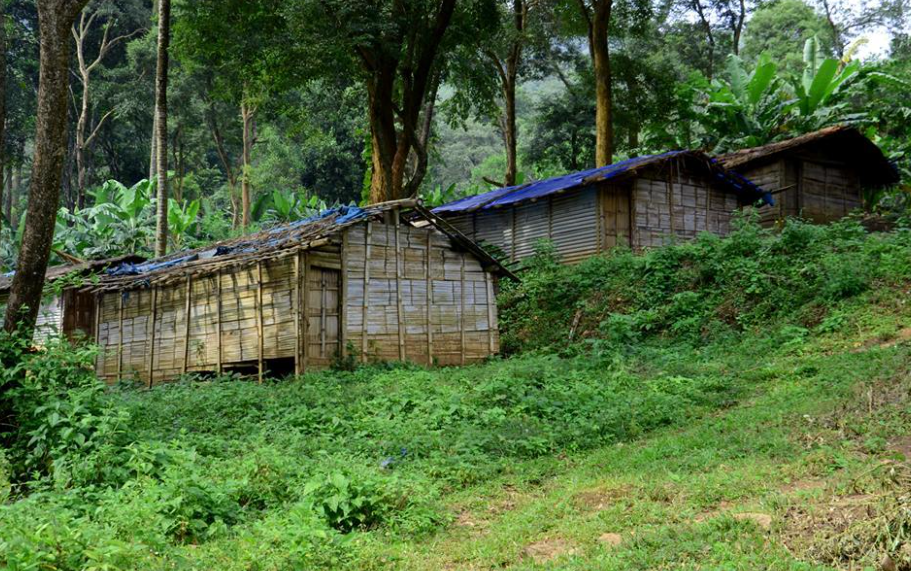
Attappadi Tribal Settlements – A Living Tapestry of Culture and Tradition
Attappadi’s tribal settlements in Kerala offer a truly unique cultural experience for travelers and those interested in traditional ways of life. Nestled in the valleys of the Western Ghats, Attappadi is home to three major indigenous communities: the Irulas, Mudugas, and Kurumbas. These groups, all part of the broader Dravidian lineage, have preserved ancient traditions, social structures, and sustainable lifestyles despite generations of economic and environmental challenges.
Structure and Life in the Settlements (Ooru)
Tribal settlements in Attappadi are called Ooru, each with around 50 closely built homes forming tight knit communities. There are nearly 190 such hamlets, each with its own unique culture and traditions. Life in these Oorus is closely tied to nature, with people depending on shifting cultivation, forest produce, and now, more sustainable organic farming.
A Glimpse into Ancient Lifestyle
Living in Harmony with Nature:
For generations, these communities have lived closely with nature. Their lives are deeply connected to the forests, rivers, and hills. Unlike consumer driven societies, they focus on meeting basic needs, not chasing excess.
Traditional Livelihoods:
Their main jobs include shifting cultivation, hunting, collecting forest products like honey and herbs, and raising animals. Though some practices are declining, most are still eco friendly and show respect for nature.
Self-Sufficient Hamlets:
Each “Ooru” (hamlet) is self governed, led by a “Mooppan” (village chief) and guided by others like the “mannookkaran” (farming ritualist). These roles help manage farming and community life, showing their strong bonds and local leadership.
Cultural Practices and Identity
One unique feature of Attappadi’s tribes, especially the Kurumbas, is their ancient burial customs. They still follow Megalithic traditions, like secondary burials and building stone memorials (dolmens) for their ancestors, showing strong ties to their past and spiritual beliefs. Even with modern changes and outside pressure, these communities have kept their rich oral traditions alive. Songs, dances, and group rituals are part of life events and seasonal festivals. Each tribe has its own dialect, mixing Malayalam, Tamil, and Kannada. Their myths often celebrate the local landscape rocky hills, hidden springs, and the sacred presence of the Western Ghats.
They also have various traditions and festivals:
Vibrant Festivals:
Their festivals celebrate harvests, nature, and ancestors. These events are filled with unique rituals, lively dances, and traditional music, making them colorful and meaningful parts of community life.
Traditional Art Forms:
Their dances and music are more than entertainment they help pass down history, values, and traditions. They often use handmade instruments, keeping their cultural roots alive.
Oral Traditions:
Most of their stories, songs, and customs are passed down by word of mouth, as they don’t have a written language. This shows the strength and richness of their heritage.
Beyond the Obvious
Unique Dialects:
Each of the three main tribes Irula, Muduga, and Kurumba has its own distinct dialect, which is a key part of their identity.
Spiritual Connection:
They see nature as sacred. Trees, mountains, rivers, and animals are all connected to the divine. Their rituals often ask for blessings to protect the land and support their lives.
Traditional Medicine:
They have deep knowledge of herbal medicines and natural healing, passed down through generations. This remains central to their health and well being.
Challenges Faced:
These communities face serious issues like losing land to outsiders, climate change affecting their farming, and limited access to healthcare and education that respects their culture. Recognizing these challenges adds meaning and urgency to their story.
Current Challenges
Attappadi is rich in nature and culture, but it still faces serious problems like poverty, low literacy, land loss, and malnutrition in some areas. Since 2013, efforts have been made to improve education, healthcare, and jobs, but progress has been slow, and many people remain economically vulnerable.
In conclusion, visiting the tribal settlements of Attappadi offers a rare and authentic glimpse into Kerala’s indigenous cultures. Despite many challenges, these communities have held on to their ancient rituals, strong social bonds, and deep connection with nature. For travelers and culture lovers, Attappadi is more than a place it’s a living heritage where tradition and care for the environment still thrive. Exploring these villages gives a deeper understanding of their way of life and the importance of supporting their path toward sustainable growth.